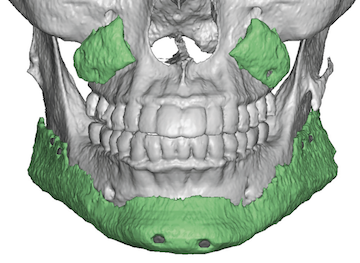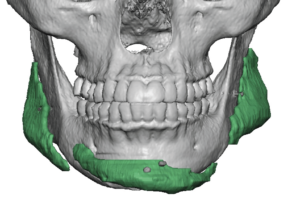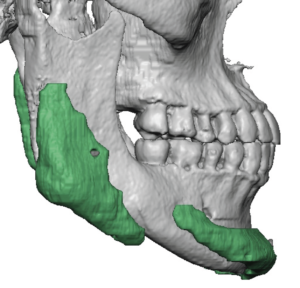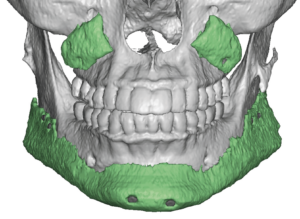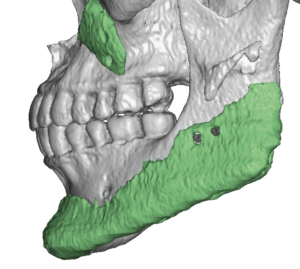Background: In total jawline augmentation/enhancement there are three treatment options that have evolved other the years. Originally standard chin and jaw angle implants have been used of various materials to try and create a more visible jawline. Secondly, multiple types of injectable fillers are now available that have different viscosities that can be placed to provide more jawline volume. Thirdly the more recent use of custom jawline implant designs have emerged to create powerful amounts of jawline definition that are permanent.
In theory, based on degree of invasiveness and cost, these three jawline augmentation methods are progressive in which one climbs the ladder until the ideal result is obtained. (filler to standard implants to a custom implant) In reality, however, this is not how it works in the vast majority of patients. Patients may undergo either fillers or standard implants first and then, if good results are not obtained, they move onto to a custom jawline implant.

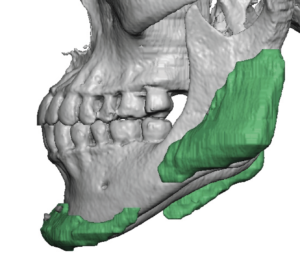
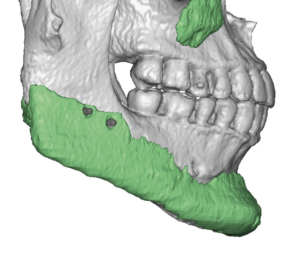
It is no surprise that a one piece jawline implant has a lower risk of asymmetrical placement than using three in dependent implants. This is, of course, a function of it being made for the specific anatomy of the patient into which it is being implanted. But that alone is not enough as the implant does not snap into place like Lego blocks. It is also because of the design into which implant features are incorporated that help maid its placement through the limited incisions that are used.
Case Highlights:
1) The use of standard chin and jaw angle implants is an established method of total jawline augmentation.
2) But the risks of implant asymmetries with three independent and unconnected implants at the corners of the jawline is more common than uncommon.
3) While the risk of implant asymmetry can still occur in one piece jawline implants the risks are lower for a variety of reasons.
Dr. Barry Eppley
Indianapolis, Indiana

